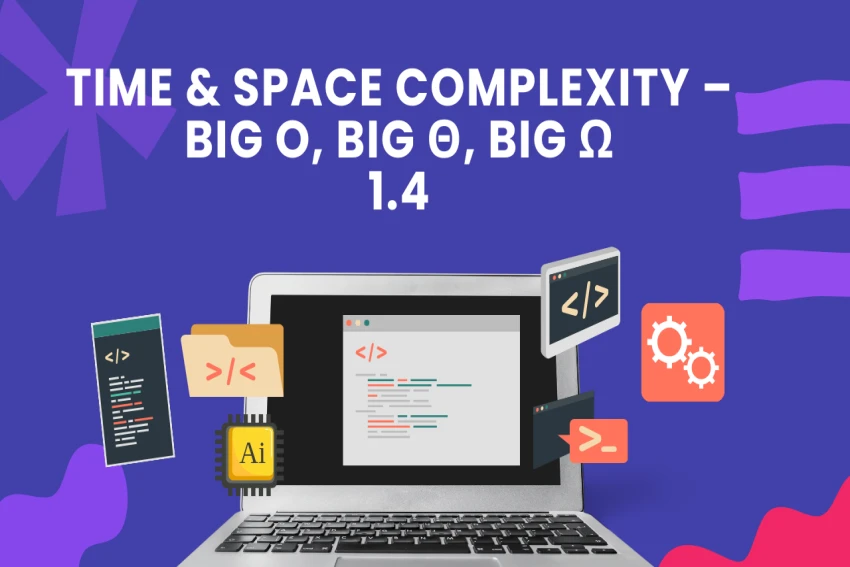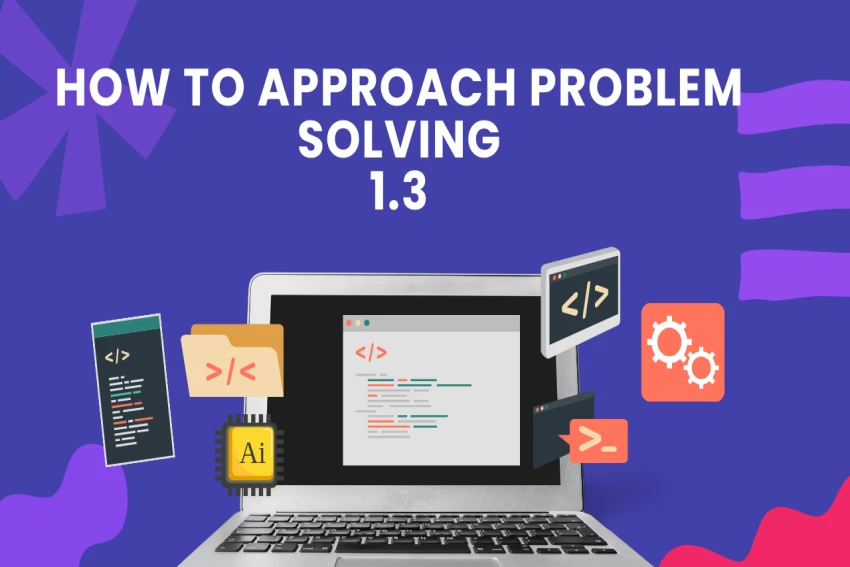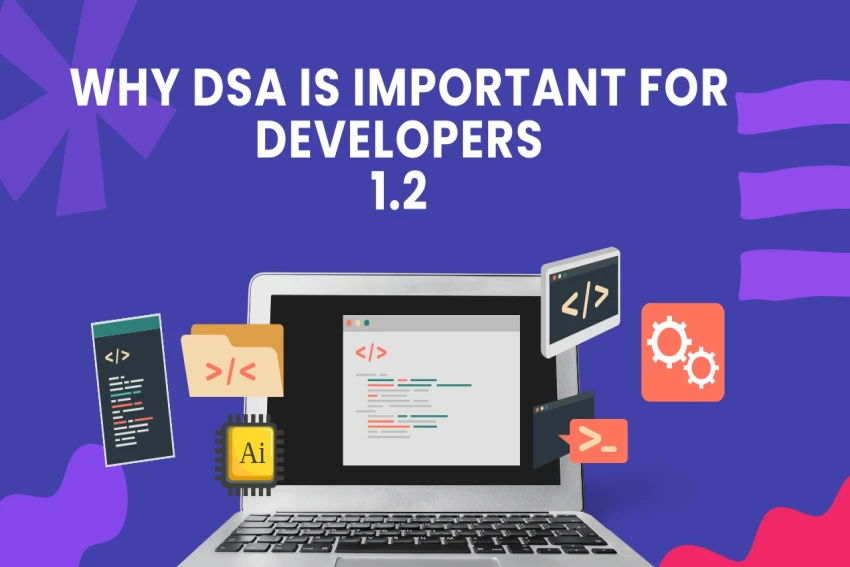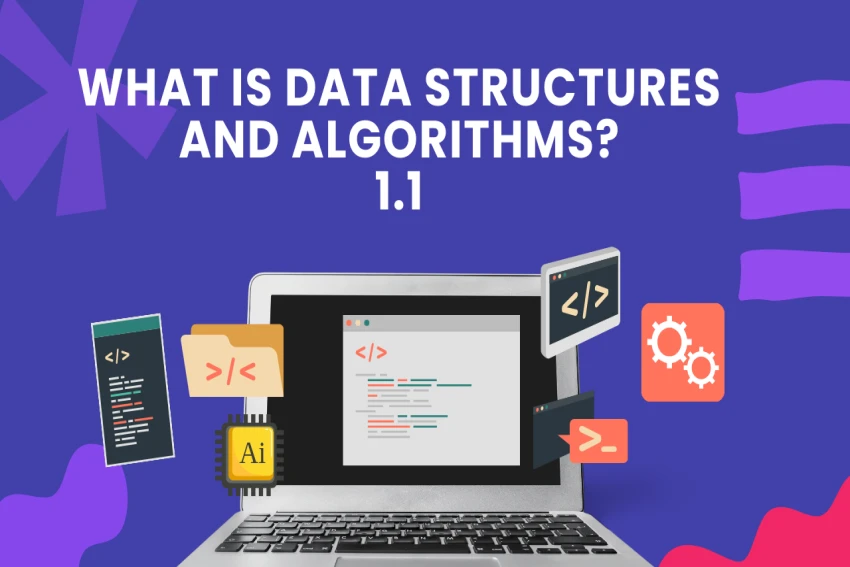
When learning Data Structures and Algorithms (DSA), one of the most important concepts to understand is time complexity and space complexity. These terms help developers evaluate how efficient an algorithm is, especially when dealing with large inputs.
In this article, we’ll break down time & space complexity, explain Big O, Big Θ, and Big Ω notations, and see why they matter in programming.
Time Complexity measures how the execution time of an algorithm grows with the size of the input.
👉 Example:
Searching for a name in an unsorted list of 1,000 entries may take 1,000 steps.
If the list grows to 1,000,000 entries, it may take 1,000,000 steps.
Instead of measuring in seconds (which depends on the computer’s speed), we use asymptotic notation like O(n), O(log n), O(n²) to express how time increases as input size grows.
Space Complexity measures how much memory (RAM) an algorithm requires during execution.
This includes:
Memory for input data
Auxiliary variables
Function call stack
Temporary storage
👉 Example:
A simple loop through an array uses O(1) extra space.
A recursive algorithm like quicksort may use O(log n) space for the call stack.
Asymptotic notations provide a way to compare algorithms independent of machine speed or programming language.
There are three main notations used to analyze algorithms:
Big O notation represents the upper bound of an algorithm. It shows the worst-case performance (maximum time or space needed).
👉 Examples:
Linear Search → O(n)
Binary Search → O(log n)
Bubble Sort → O(n²)
If an algorithm is O(n²), it means in the worst case, execution time grows proportionally to the square of the input size.
Big Theta (Θ) notation represents the tight bound of an algorithm. It describes the average case performance.
👉 Example:
For Linear Search, Θ(n) means that on average, we might find the element after checking half of the list.
Big Θ is useful when we want to understand expected efficiency rather than the worst case.
Big Omega (Ω) notation represents the lower bound of an algorithm. It describes the best-case scenario (minimum time or space needed).
👉 Example:
For Linear Search, Ω(1) means if the element is the very first item, the algorithm finishes in constant time.
Here are some typical complexities in algorithms:
O(1) → Constant time (e.g., accessing an array element)
O(log n) → Logarithmic time (e.g., Binary Search)
O(n) → Linear time (e.g., Linear Search)
O(n log n) → Efficient sorting algorithms (Merge Sort, Quick Sort)
O(n²) → Nested loops (Bubble Sort, Insertion Sort)
O(2ⁿ) → Exponential time (recursive algorithms like Fibonacci without DP)
👉 Rule of Thumb: Lower complexity = faster algorithm for larger inputs.
Find the maximum element in an array of size n
Best Case (Ω): Ω(1) – If the maximum is the first element.
Average Case (Θ): Θ(n/2) ≈ Θ(n) – On average, we check half the elements.
Worst Case (O): O(n) – We may need to check all elements.
Understanding time complexity and space complexity is essential for writing efficient programs.
Big O → Worst case
Big Θ → Average case
Big Ω → Best case
By analyzing algorithms with these notations, developers can make informed decisions about which approach will be most efficient for their applications.
👉 Remember: Writing correct code is important, but writing efficient code is what makes you a great developer.
No comments yet. Be the first to comment.

1.3 How to Approach Problem Solving One of the most valuable skills every developer must master i...

1.2 Why DSA is Important for Developers When it comes to building efficient and scalable software...

1.1 What is Data Structures and Algorithms? When we talk about computer science and programming,...

DSA Series – Table of Contents 1. Introduction to DSA 1.1 What is Data Structures and Al...